Apollo’s monthly survey of the most exciting works to enter public collections shines a light on the gaps museums have been able to plug and the new stories they are looking to tell.
Rijksmuseum, Amsterdam
Engraved gold ruby glass goblet (c. 1685–90), Johann Kunckell, engraving attributed to Gottfried Spiller
Purchased at this year’s edition of TEFAF Maastricht, this 17th-century gold ruby goblet is an early work by the German inventor and alchemist Johann Kunckel (c. 1637–1703). Kunckel started developing the formula for gold ruby glass while working at the royal court of Frederick William, Elector of Brandenburg and Duke of Prussia. To keep his work secret, he was placed in a laboratory located on the island of Pfaueninsel near Potsdam. The glasses were desirable not only for their deep red colour, but also for the magical properties attributed to gold and ruby at the time; today there are thought to be only 20 in existence.
Victoria and Albert Museum, London
700 design drawings by Augustus Pugin
Designs for the Houses of Parliament and the Palace of Westminster are included among these 700 drawings by Augustus Pugin, the pioneer of the Gothic Revival, which range in date from the late 1830s until 1851. Many of them are heavily annotated, offering insight into the architect’s design process; several correspond with objects already held in the V&A’s collections, such as two decorative planters commissioned for the Great Exhibition of 1851 and six-light candelabra. The drawings were purchased with the support of the Art Fund, the Rick Mather David Scrase Foundation, the Friends of the National Libraries, the Murray Family and Bonhams.
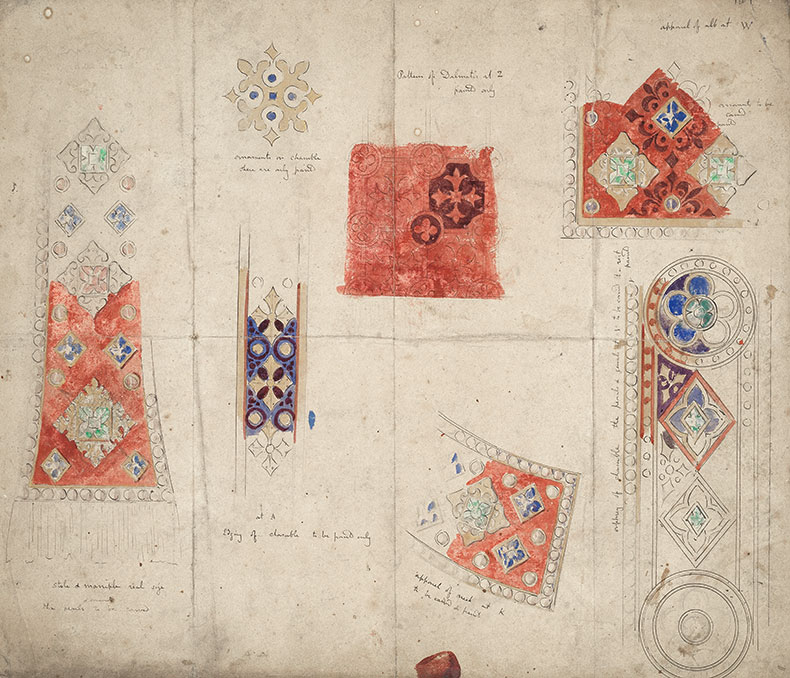
Design for fire irons for the Great Hall at Alton Towers (1852), Augustus Pugin. Photo: © Victoria and Albert Museum, London
Toledo Museum of Art
Lotus Lamp (c. 1905), Tiffany Studios
Among the largest and most elaborate of the designs realised by Tiffany Studios, the Lotus Lamp was also the most expensive – it hit the market at $750 in 1906. Featuring a mosaic base, stained-glass shade and handmade favrile glass, an example of the Lotus Lamp now enters the collections at the Toledo Museum of Art, bolstering an already strong collection of American 20th-century decorative arts objects.
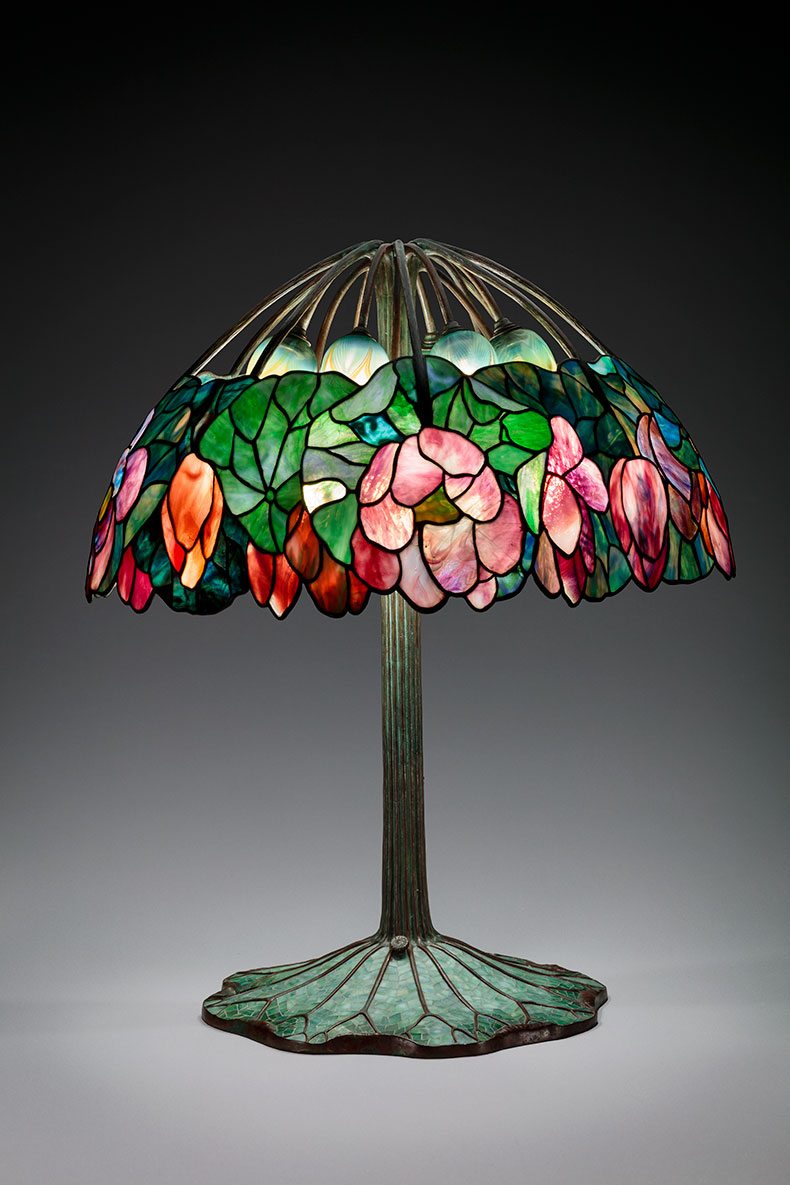
Lotus Lamp (c. 1905), Tiffany Studios. Courtesy Toledo Museum of Art
Audain Art Museum, Whistler
Survival (1943), Emily Carr
Largely unrecognised during her lifetime, Emily Carr’s paintings of British Columbia took centre stage in a posthumous presentation at the inaugural Canadian pavilion at the Venice Biennale pavilion in 1952. One of four works shown at the event, Survival (1943) – an ethereal, shimmering depiction of an ancient tree, typical of her late style – has seldom been since in public since. Now, Michael Audain – chair of the arts foundation that bears his name – and his wife Yoshiko Karasawa have purchased the painting for the museum in Whistler; it goes on display this month.
Nationalmuseum, Stockholm
Self-portrait (c. 1800–10), Lié-Louis Périn-Salbreux
The Nationalmuseum is the only institution in the world with a dedicated collection of self-portraits by miniaturists. This new addition by Lié-Louis Périn-Salbreux, who counted members of the French royal family among his clients, is, unusually among his self-portraits, direct and unaffected in style.

Self-portrait (c. 1800–10), Lié-Louis Périn-Salbreux. Nationalmuseum, Sweden. Photo: Anna Danielsson/Nationalmuseum
National Gallery of Art, Washington, D.C.
Moses Striking the Rock (1687) and Baby Moses Placed in the Nile by his Parents (1672), Claudine Bouzonnet-Stella
The 17th-century French engraver Claudine Bouzonnet-Stella was best-known for her prints after paintings by her uncle, Jacques Stella, from whom she received her artistic education, and by his friend, the baroque master Nicolas Poussin. These two large-scale prints, depicting the early life of Moses, are renditions of Poussin’s paintings Moses Striking the Rock (1649) and The Exposition of Moses (1654) and are considered to be among Bouzonnet-Stella’s most skilful and sensitive prints.

Moses Striking the Rock (1687), Claudine Bouzonnet-Stella. National Gallery of Art, Washington, D.C
J. Paul Getty Museum, Los Angeles
Irmengard Codex (11th century)
Created in Germany in the mid 11th century, the Irmengard Codex contains 15 full-page illuminations in the otherworldly shades of pink, blue and lavender that are characteristic of the painting of the Ottonian era. The manuscript was made for the noblewoman Irmengard of Nellenburg, a member of the powerful House of Egisheim-Dagsburg; she was related to Pope Leo IX and was the Ottonian Emperor Henry II’s niece. The book will go on show in an exhibition this autumn.
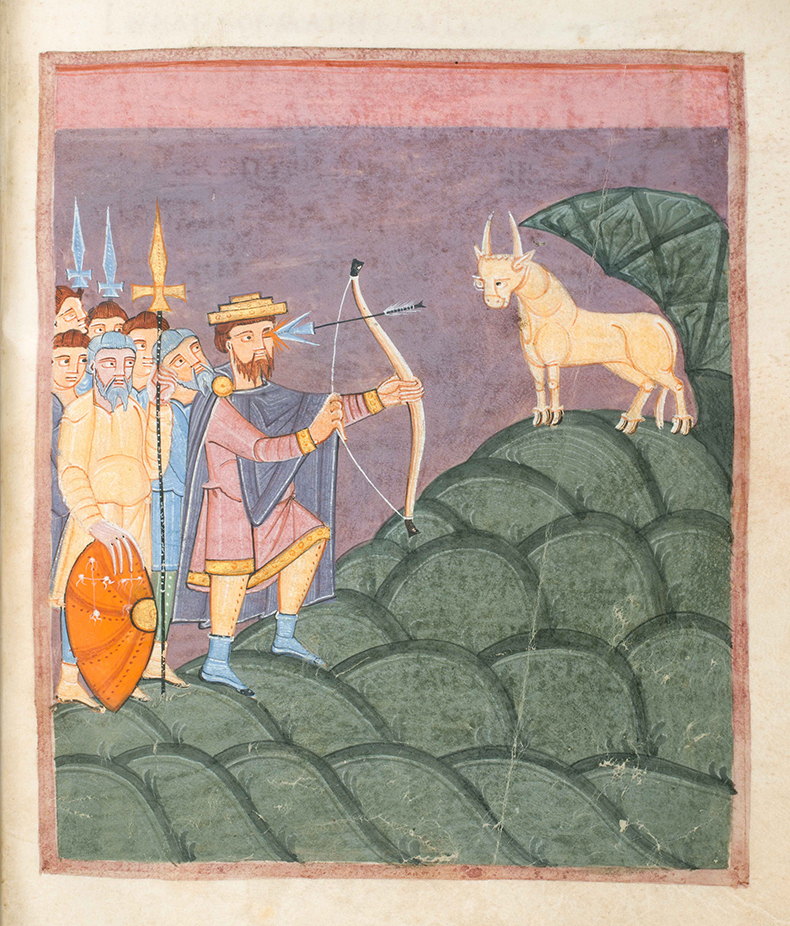
The Miracle of Mount Gargano from the Irmengard Codex (shortly after 1053), Germany. J. Paul Getty Museum, Los Angeles. Courtesy Dr. Guenther Rare Books AG, Basel
Unlimited access from just $16 every 3 months
Subscribe to get unlimited and exclusive access to the top art stories, interviews and exhibition reviews.

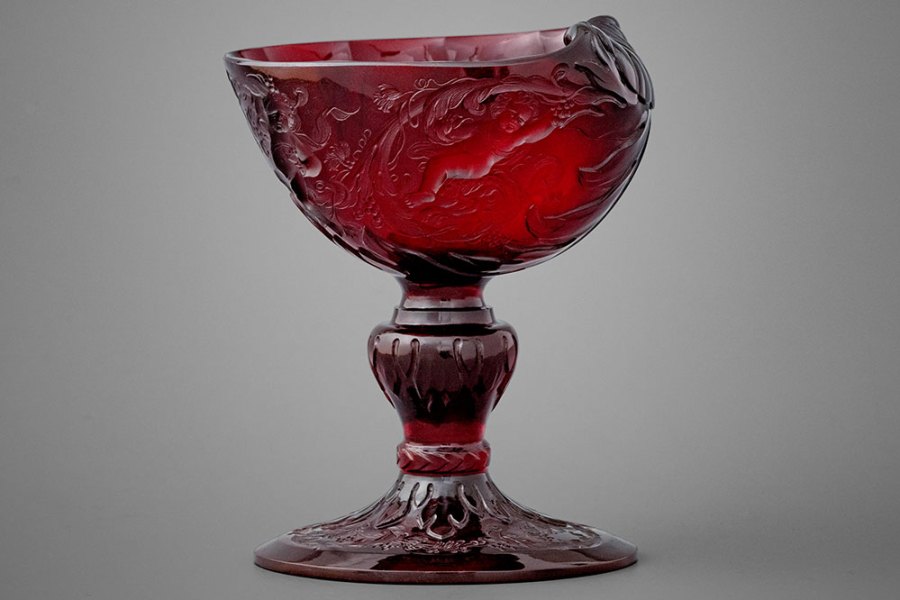
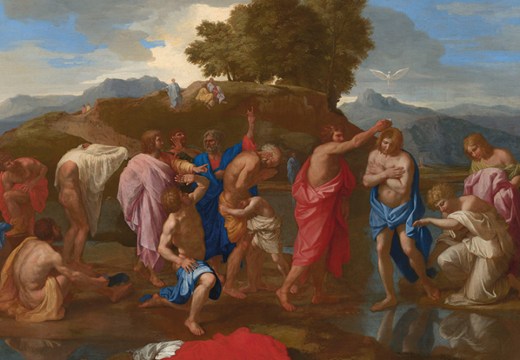
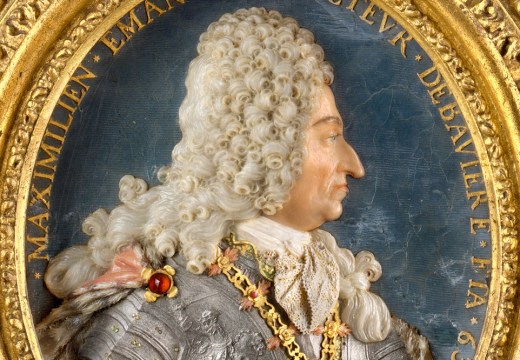
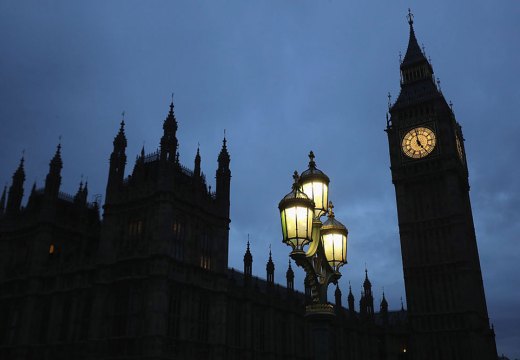









![Masterpiece [Re]discovery 2022. Photo: Ben Fisher Photography, courtesy of Masterpiece London](http://www.apollo-magazine.com/wp-content/uploads/2022/07/MPL2022_4263.jpg)
It’s time for the government of London to return to its rightful home